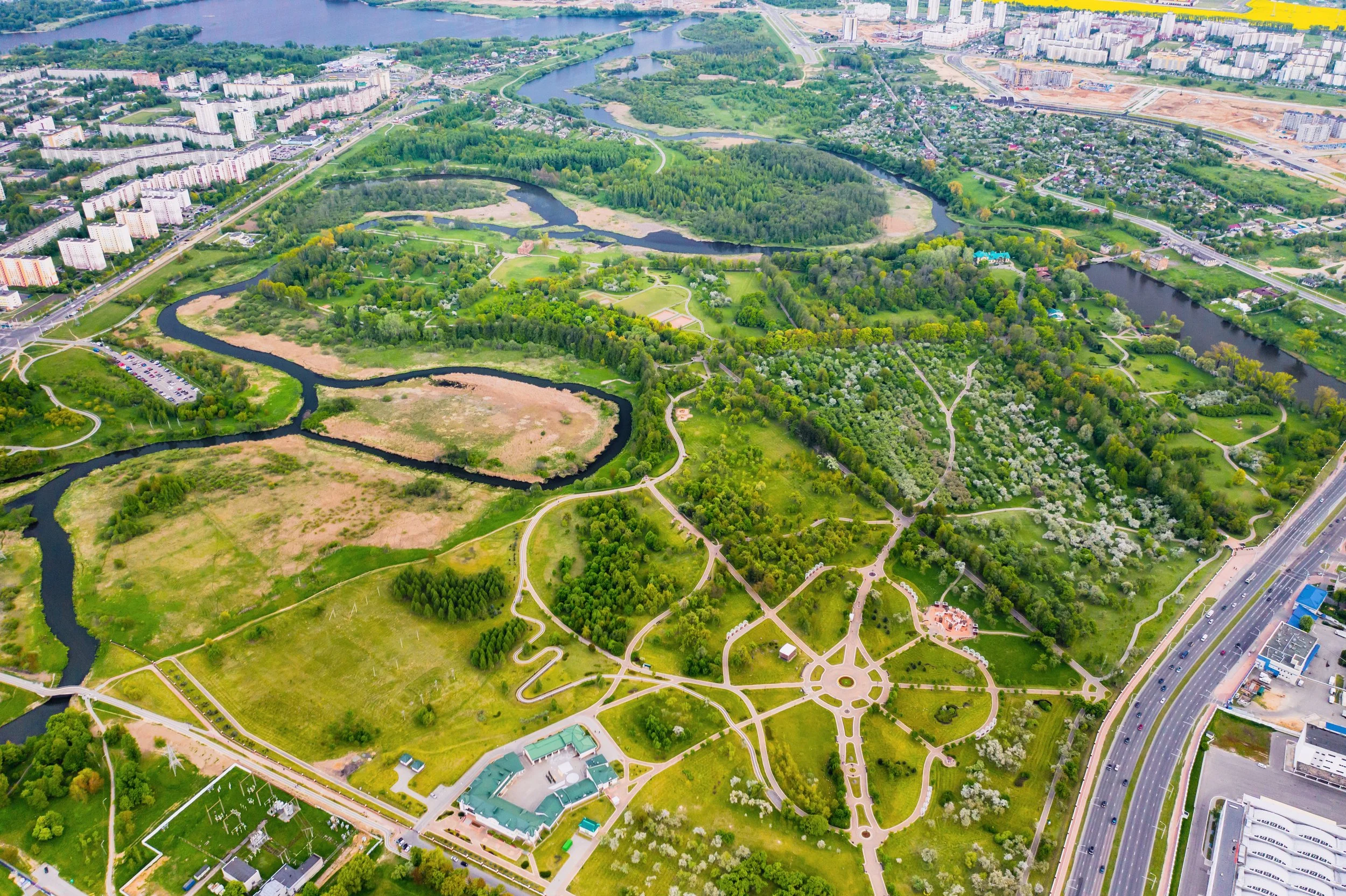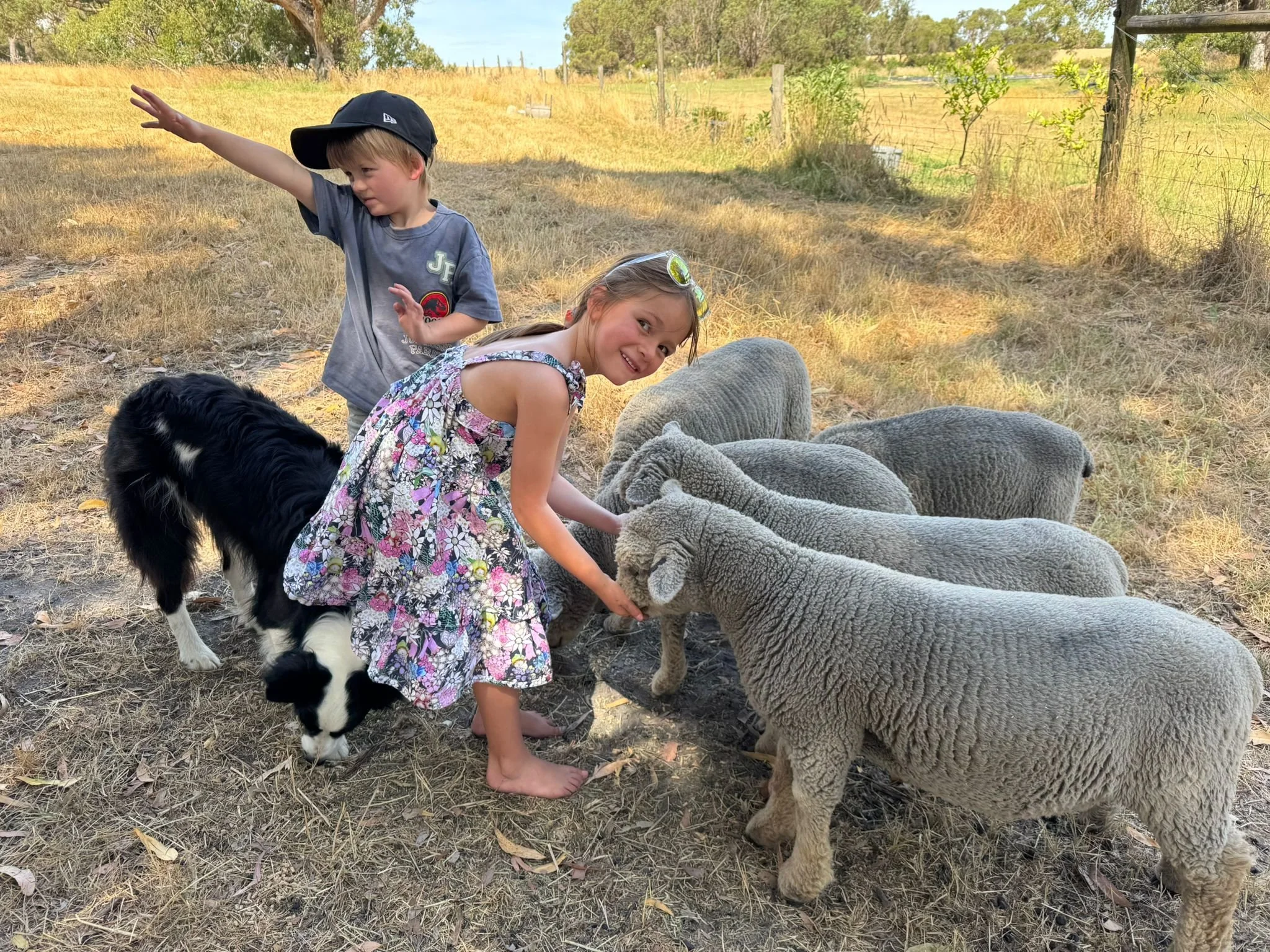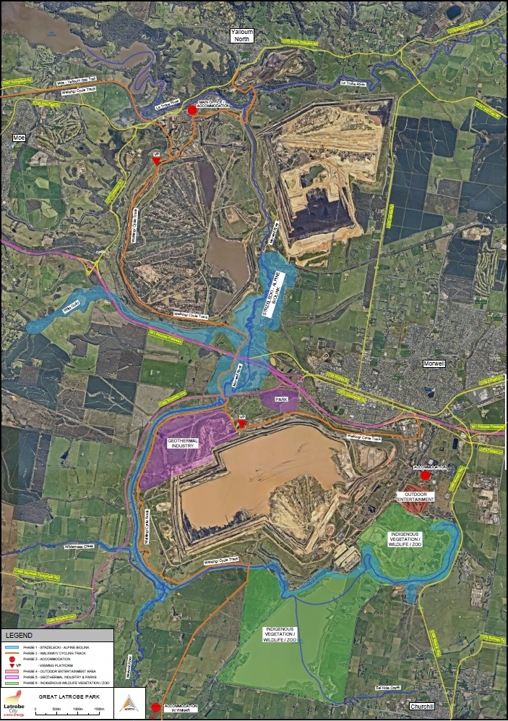Introduction
Tourism serves as an obvious source of economic growth, while enhanced liveability is essential to population growth, which in turn, serves as a major source of economic growth. If the sites are considered “ugly”, no-one will want to visit or live-in the Latrobe City Council area, thereby compromising both sources of economic growth.
The Yallourn site is the logical site to capture and display the engineering history and heritage of brown coal mining and power generation. This could include:
A geological, first nations and early settler’s museum, similar to Wadlata in Port Augusta South Australia, that provides a geological history of the Universe and the World leading to the local geological history, the proud history of first nations involvement in the local area and the early settler history (warts and all).
A museum documenting the rise and fall of the SECV.
A museum celebrating Sir John Monash at the previous Yallourn Main Office (in which he had an office).
GLP has suggested ideas to EnergyAustralia Yallourn on how to monetise such experiences using Burra in South Australia as a potential model.
Opportunities:
Tourism and LivEability
Wadlata Outback Centre, Port Augusta, South Australia 2017.04.20 07.57.17 (Wikamedia Commons, User- Bahnfrend)
Museums Victoria. (1922). State Electricity Commission, Boiler House and Turbine House, Yallourn, Victoria, circa 1922, Photograph, unknown photographer. Retrieved June 04, 2025, from Museums Victoria Collections: https://collections.museumsvictoria.com.au/articles/3519
Museums Victoria. (1999) Sir John Monash, Bust in Bronze by Paul Montford, 1999, Item ST 44831. Retrieved June 04, 2025, from Museums Victoria Collections: https://collections.museumsvictoria.com.au/items/388795
Visitor Viewing Points and Memorialising
For a number of years now, GLP has been engaging with mine land owners asking that they consider nominating sites for visitor vantage points. Both Engie Hazelwood and EnergyAustralia Yallourn have subsequently nominated sites and in the case of Engie a design for such a point of interest (which GLP considers to be very impressive) has been developed. We would also like to see each of the Companies consider how to acknowledge the workers and activities that have been performed on these sites through a memorial at each site.
Enhancing the Natural Environment
GLP is working with Latrobe Valley Field Naturalists to identify high environmental values, what levels of protection may be needed, acceptable access arrangements (using risk management) and discuss ideas to monetise areas needing protection by providing high value experience(s).
Plantings
Other considerations that might be of value to visitors and liveability alike include plantings of deciduous flora that provide an autumnal show. This might include avenues of deciduous trees along discrete sections of the pathways and commercial vineyards that run down to the edge of the mine lakes in discrete areas.
Other unusual plantings, such as Californian Redwoods (a tree species considered somewhat fire retardant) on the western and northern boundaries of important biolink vegetation and highly sensitive environmental areas to minimise the fire risk for these critical areas. These trees are a potential tourist drawcard, in their own right, whilst providing fire risk mitigation for highly sensitive areas.
Entertainment Hub
These suggestions/ideas attempt to leverage existing infrastructure and opportunities that GLP has identified. They are not exhaustive or meant to limit possibilities. In fact, they don’t even contain all of the ideas identified by GLP.
The former Energy Brix complex comprises a V/Line rail spur, old Power Station building complex and carparking for hundreds of vehicles. It is potentially an ideal base to access some other nearby opportunities, for example:
Outdoor venue
Outdoor entertainment site (formerly HAP4) – no near neighbours, ready access to rail connected to Melbourne and substantive existing carparking with former power station buildings available for accommodation.
White water park
White water park located just across the ridge on the eastern batters of the Hazelwood Mine. It could utilise the top up water supply required to maintain the water level of the Hazelwood Mine so as to operate at reduced costs.
Usually, the highest cost is electricity consumption to operate the pumps. Significant capital cost savings could also be realised from utilising refurbished cooling water pumps from either Yallourn W or Loy Yang power stations (assuming they are of appropriate capacity).
animal hospital
Creation of a Gippsland Wildlife carers native animal hospital situated off Monash Way with public access to the “Healesville on steroids” park located at the northern end of the Engie Hazelwood’s Eastern Overburden dump.
Indigenous Experiences
Also of potential significance are the prospects of sowing native grasses on the floor of what is currently the Hazelwood Cooling Pond. This 500 ha+ site has potential to support boutique farming enterprises through management, harvesting and value-adding of these unique grains. As the site can easily be expanded so could the variety of plantings, harvesting and value-adding.
Model Farms
With such large land areas available, there is the prospect of developing model farms with sympathetic accommodation and associated experiences for free-range farming enterprises across a range of farming industries e.g. pig and beef raising and dairying from cattle, goats and/or camels.
Pedestrian and cycling pathways to interconnect the towns within Latrobe City
The priority connections that impact mine lands are Morwell to Moe/Newborough linking to the abandoned Yallourn rail line and crossing the Morwell River. Morwell to Yallourn North crossing the Latrobe River. Morwell to Yinnar linking to the abandoned Mirboo North rail line with a tee-off to Churchill.
The critical question that needs to be answered is whether these interconnections are primarily for commuting (shortest fastest route) or for liveability/visitor experience (more meandering capturing aesthetics and experiences). GLP’s view is that both should be considered with areas of commonality. Of necessity these pathways need to avoid areas of high environmental, cultural and heritage significance when the risks out way the benefits but where possible the pathways should include areas of lower value environmental, cultural and heritage significance consistent with the risk assessment. GLP would also like to see the visitor vantage points, memorials and appropriate visitor points of interest included on these pathways.
GLP Visual Vision
The Strzelecki-Alpine Biolink
This initiative aims to provide near linear linkages for target species to promote movement of the target species between the Strzelecki ranges to the south and the Alpine Region to the north of the Latrobe Valley. These corridors of vegetation would cross the Latrobe Valley north to south and are potentially best suited to drainage lines. One of the best prospects is utilising the Morwell River, its floodways and tributary drainage lines, for example Eel Hole and Wilderness Creeks and the overflow from Witts Gully. Defining the proposed alignments for biolinks that run through the mine lands should be a pre-condition to undertaking the pathways design.













